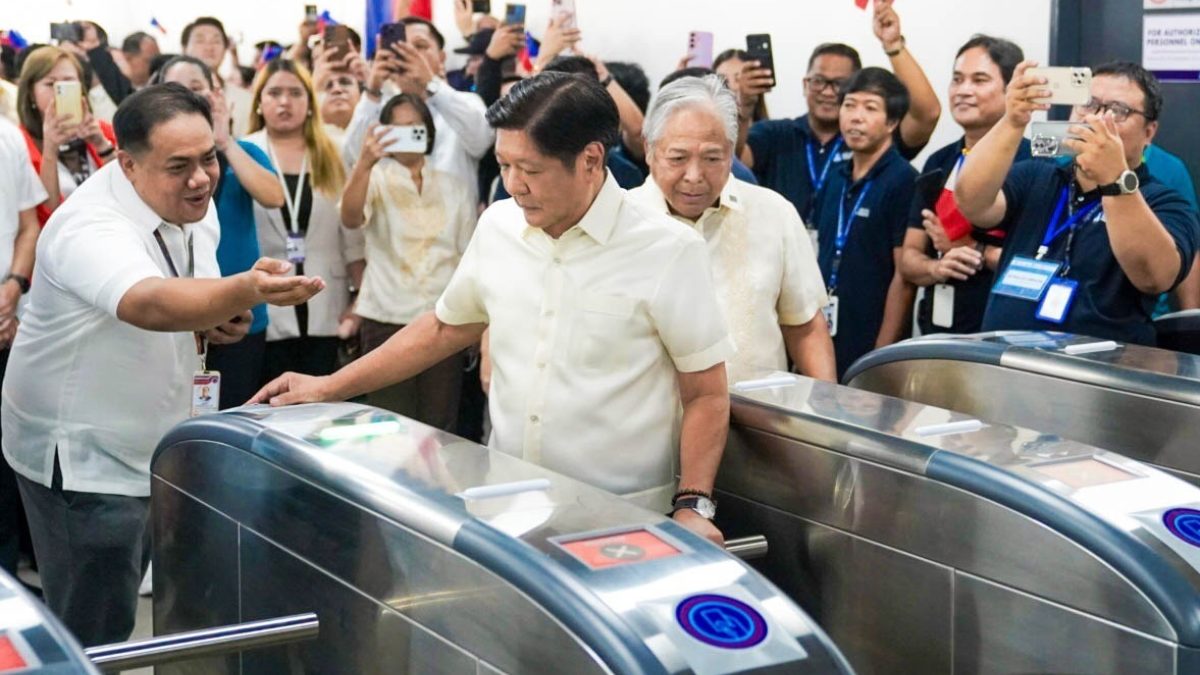Five new stations of the Light Rail Transit Line 1 (LRT-1), extending from Baclaran to Sucat in Parañaque City, officially opened today, marking a significant step forward in modernizing the country’s transportation infrastructure.
President Ferdinand Marcos Jr. unveiled the Dr. A. Santos station marker yesterday, calling it a vital milestone in advancing the nation’s transit systems. Emphasizing the government’s commitment, he stated, “Our journey towards a more seamless and modernized public transportation system does not end here. We are committed to building station after station, reaching as far and as fast as our people’s needs dictate.”
The new stations, part of Phase 1 of the LRT-1 Cavite Extension Project (L1CE), include Redemptorist-ASEANA, Manila International Airport Road, Parañaque Integrated Terminal Exchange (PITX), Ninoy Aquino Avenue, and Dr. A. Santos Avenue.
Joining the President at the event were Senators Grace Poe and Cynthia Villar, Parañaque Mayor Eric Olivarez, Metro Pacific Investments Corp. (MPIC) chairman Manuel V. Pangilinan, and Japanese Embassy economic affairs minister Nihei Daisuke. President Marcos and the officials experienced the new route firsthand, disembarking at the Redemptorist-ASEANA station.
According to Marcos, the completion of this segment will benefit an additional 80,000 passengers daily, significantly reducing travel time and allowing commuters more personal time. Enrico Benipayo, general manager of Light Rail Manila Corp. (LRMC), noted that travel between Quezon City and Parañaque City will now take under an hour.
Marcos expressed hope for the swift completion of Phases 2 and 3 of the project, which will extend to Bacoor, Cavite. The Japanese government is also providing support through Official Development Assistance for additional rail infrastructure and rolling stock.
Highlighting future development, Marcos reiterated the importance of leveraging the Public Service Act and adopting the Public-Private Partnership (PPP) hybrid model, which he believes is a strong framework for attracting foreign investment in the country’s railway sector.






